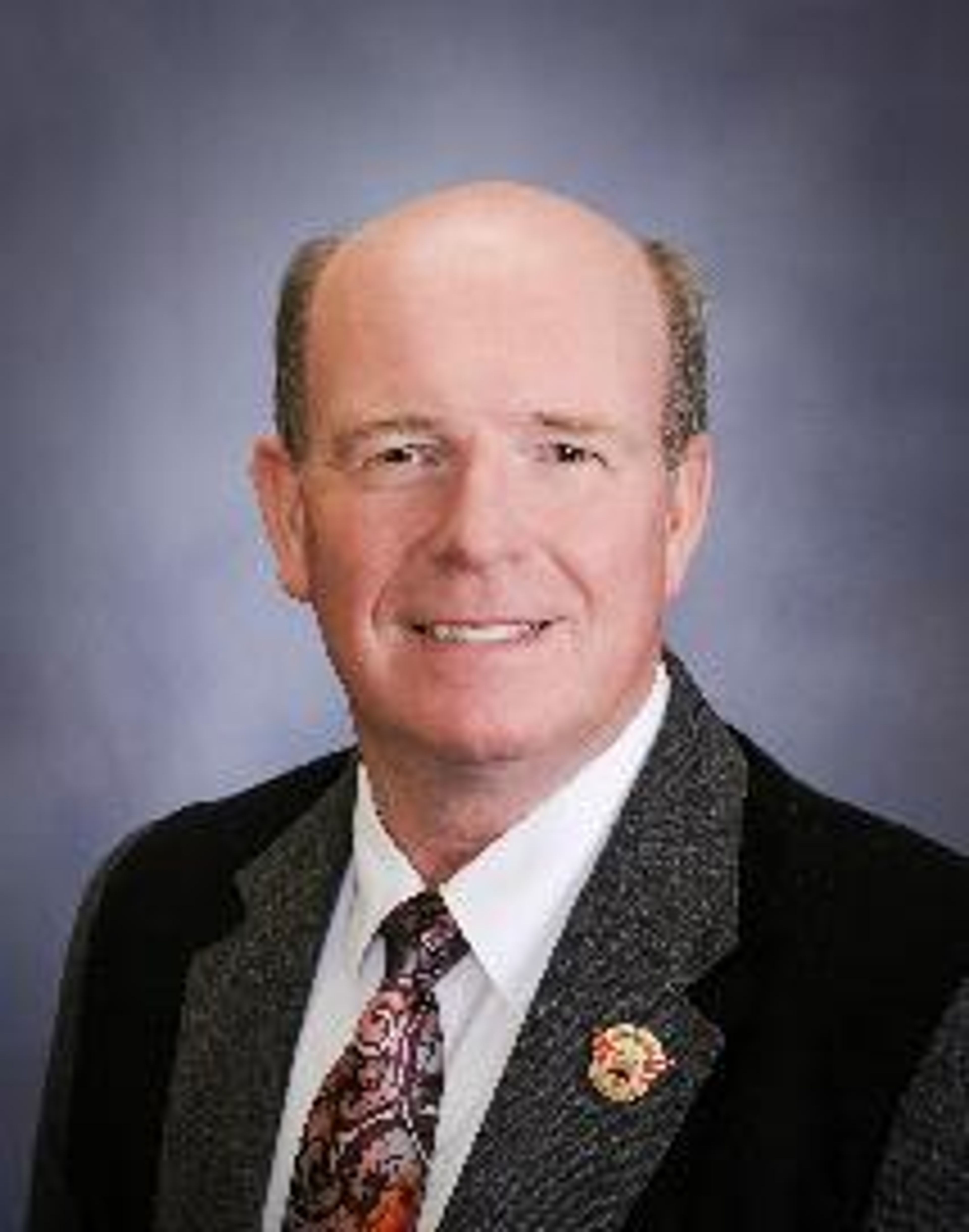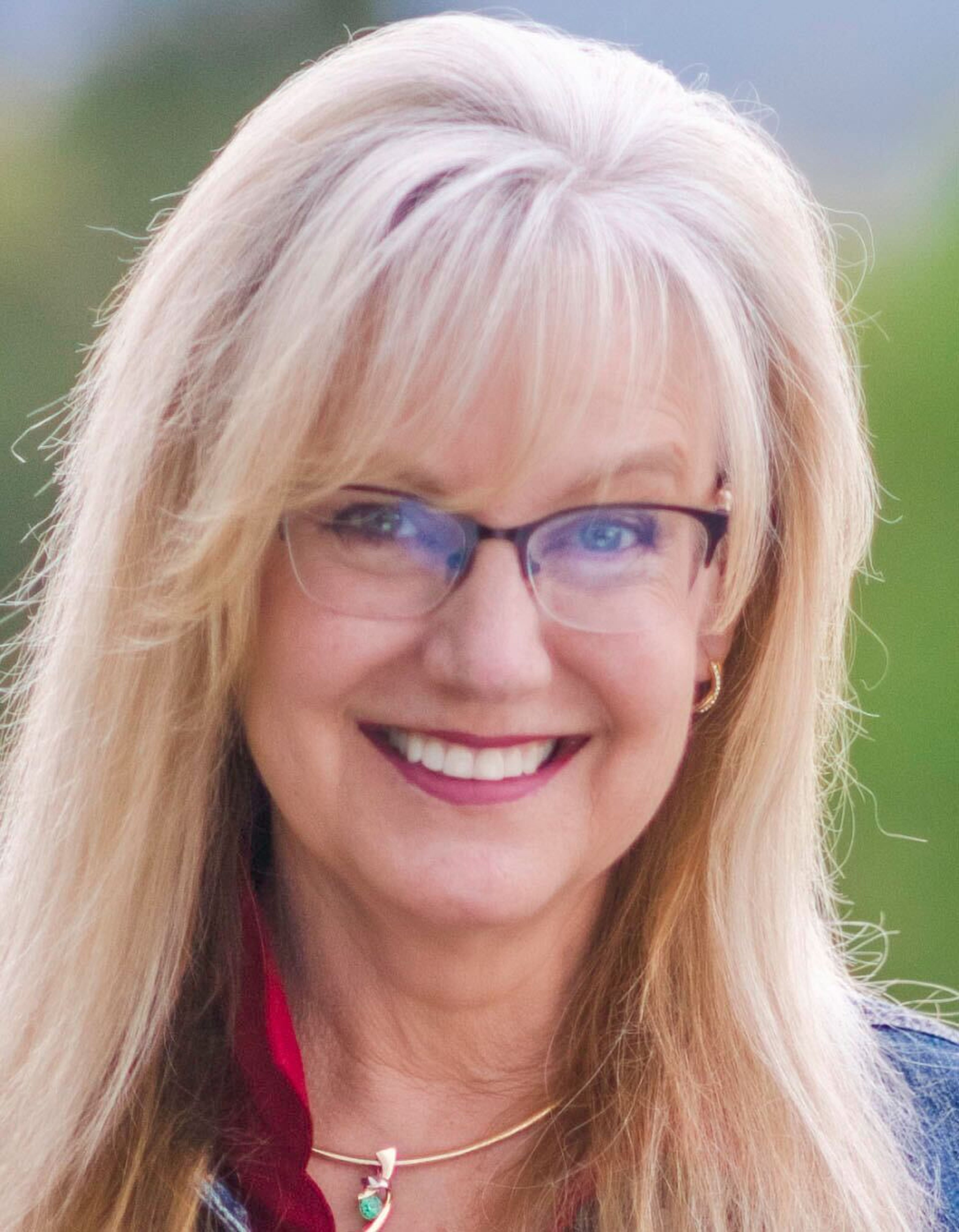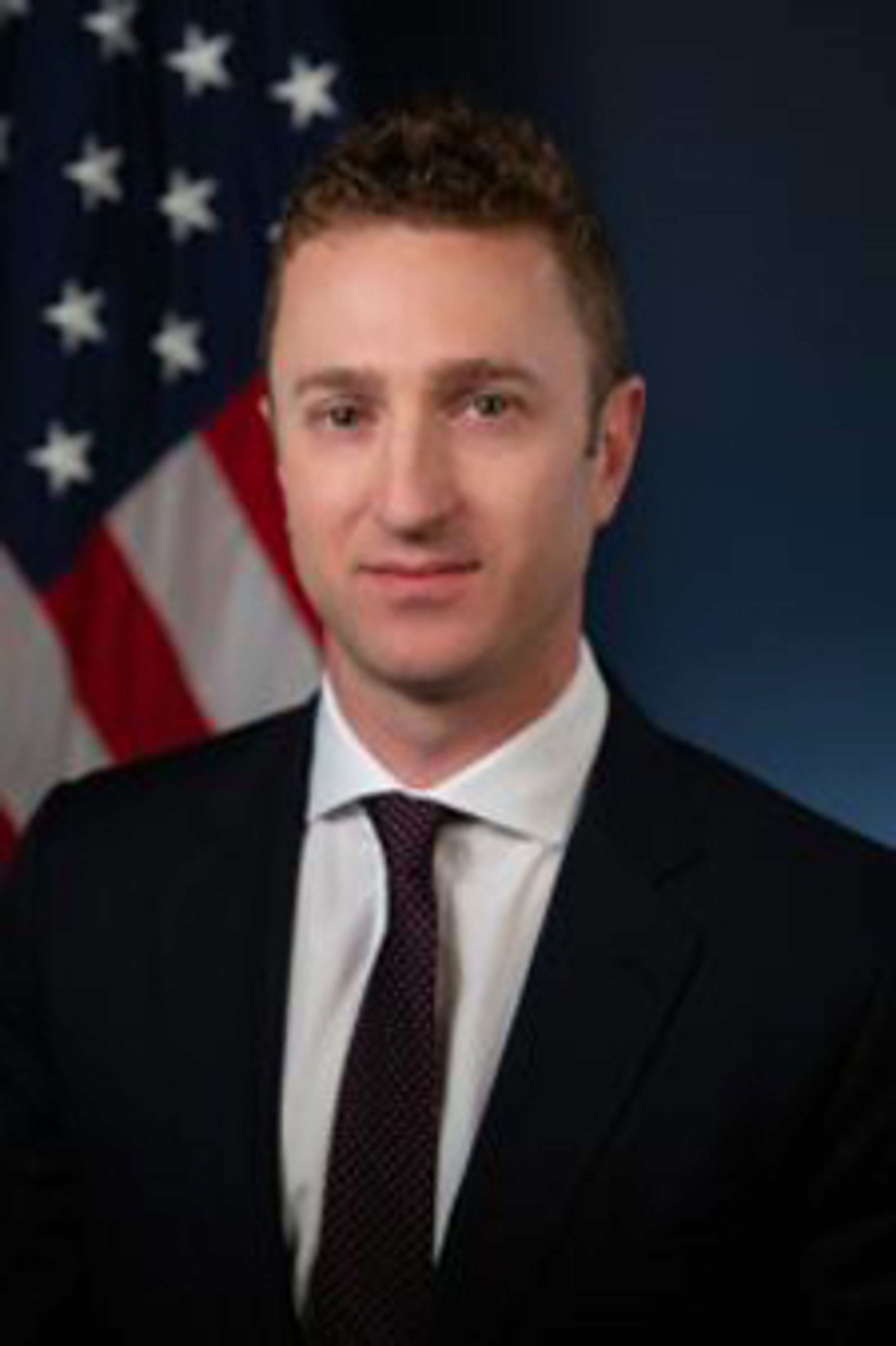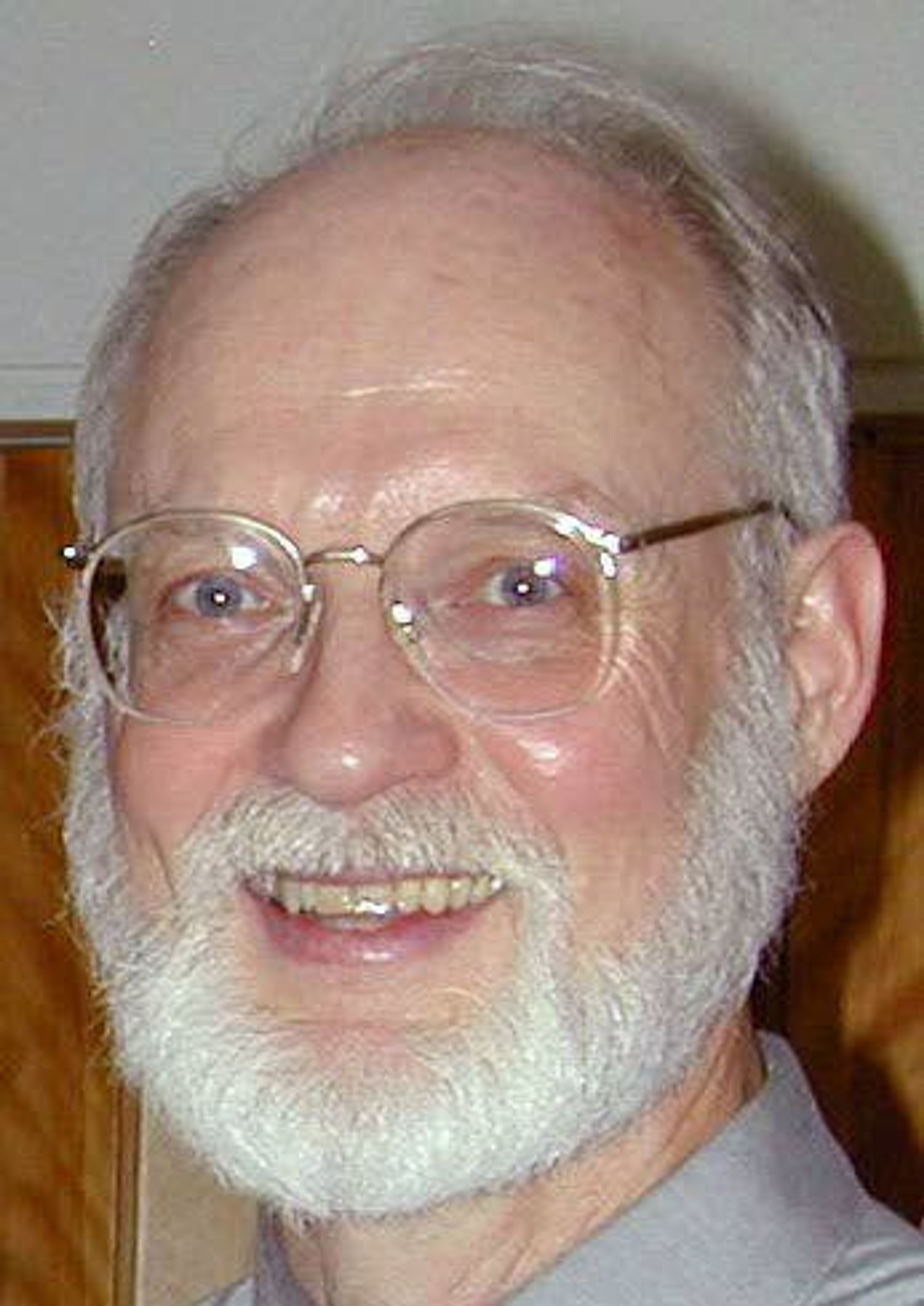Shining a light on political advertisements
WSU’s Travis Ridout and others are working to bring more transparency to the sophisticated, evolving advertising campaigns politicians are running online
With a little more than a year to go until the 2024 general election, voters can expect to see a tsunami of political ads in the coming months.
AdImpact, a firm that tracks ad spending, recently projected political advertising will top $10.2 billion during the 2023-24 election cycle. That’s an increase of 13% compared to 2020, and nearly four times the amount spent in 2016.
Travis Ridout, the director of Washington State University’s School of Politics, Philosophy and Public Policy, said much of the spending will go toward digital ads on social media platforms such as Facebook, Instagram and YouTube.
In recent years, campaigns have also begun allocating a larger and larger percentage of their budgets to online video streaming services.
This explosion in digital advertisements is raising concerns among democracy advocates. Because the online platforms are largely unregulated, it’s hard to track who’s paying for the ads, what they’re saying or how they’re trying to influence voters.
Ridout is part of a multiinstitute team of researchers who want to bring more transparency to the issue. They recently received a National Science Foundation grant to help expand their efforts to monitor online political advertising.
“This is important for voters and democracy,” he said. “About 40% of political ad spending these days — especially in Senate, House and presidential races — comes from groups that often have very little accountability. It’s important to know who they’re targeting. And if they’re spreading misinformation, we ought to know about that.”
Historically, keeping track of political ads wasn’t very hard. When Dwight D. Eisenhower became the first presidential candidate to run a spot ad on TV in 1952, barely a quarter of American households even owned television sets. With just three broadcasting networks in the entire country, everyone saw pretty much the same ads.
Fast forward 70 years and the advertising landscape has fragmented. Traditional media continues to reach millions of viewers, but that’s now supplemented by an array of online platforms that interact with consumers via computers, tablets, smartphones, even smartwatches.
And unlike traditional television and radio ads, digital media can take advantage of data-mining technology that gathers information about users, including their search history and electronic purchases, as well as demographic information such as age, sex and geographic region.
That means ads can essentially be tailored to specific voters based on their individual characteristics and the likelihood that they’ll be receptive to certain messages.
“With digital and social media, a lot of it is micro-targeted,” Ridout said. “It’s targeted at individual voters based on what we know about them. So I’m getting one ad, but my neighbor is getting a different ad and my other neighbor isn’t getting any ads at all because both parties think that person won’t vote.”
He noted that traditional media also allows for some degree of targeting. Fox News, for example, tends to attract a different viewership than MSNBC. Similarly, the Seattle media market has different demographics than the Lewiston market.
However, there are only about 200 television markets nationwide. The number of political ads they run in any given year is limited, so research teams can track them manually. They can determine which candidate or race each ad is about, whether it’s an attack ad or a fundraising effort, who’s paying for it and what issues it highlights, such as abortion or federal spending.
With digital media and micro-targeting, though, there can be millions of different political ads. It’s impossible to watch them all, so new tracking methods are needed.
“With broadcast media, the unit of analysis is the TV station,” Ridout said. “You record the content, your computer figures out this is a political ad, sends it to a human for coding and we have all that information. But with digital ads, the unit of analysis is really the individual. My exposure is different than your exposure, so we have to take a different approach (to tracking the ads). It’s not something humans can do alone.”
It wasn’t even something computers could do until recently, he said. Online platforms aren’t subject to the same reporting requirements as traditional media outlets, so information about digital political ads was severely limited until about 2018.
That’s when Facebook and Google — the two dominant players in online advertising — “voluntarily” opened their digital archives and let people review their political ads. The move came in response to political pressure following evidence of Russian interference in the 2016 presidential election.
Ridout and his colleagues — Erika Franklin Fowler at Wesleyan University and Michael Franz at Bowdoin College — are now refining a computer program that lets them scan the archival data. It uses facial recognition, text scanning, key words and other technology to categorize the ads. The goal is to monitor digital ads during the 2024 election cycle and identify which candidates or causes special interest groups are targeting.
Ridout noted that Facebook, Google and their associated platforms such as Instagram and YouTube probably only account for about 50%-60% of all online political ads. Consequently, there’s a large segment of the digital universe where special interest efforts to manipulate or influence voters still remain in the dark.
That’s lack of transparency has prompted calls to regulate or even ban online political advertising, but Ridout isn’t willing to go that far.
“We’ve done research and others have done research that shows the more exposure you have to political ads — whether you’re paying attention or not — the better you’re able to distinguish which candidate is on the left or on the right,” he said. “It doesn’t take a ton of information to glean that this candidate is ‘more on my side.’ So people do actually learn substantive information about policy positions and ideology from political ads. They aren’t all bad. I think they do serve a valuable role in informing the electorate.”
The team’s research results regarding past election cycles can be found online at mediaproject.wesleyan.edu.
Spence covered government and politics for the Lewiston Tribune for the Tribune for 14 years before retiring at the end of 2022.







